Collaboration - Poiesis of
Spaces
Poiesis of Spaces
2002 spring, 2002 fall
School of Media technology
Royal Institute of Technology, Stockholm
www.arch.kth.se/poiesis
'By continuously embracing technologies, we relate ourselves to them as servomechanisms. That is why we must, to use them all, serve these objects, these extensions of ourselves, as gods of minor religions. An Indian is the servomechanism of his canoe, as the cowboy of his horse or the executive of his clock.' - Marshall McLuhan, The Gadget Lover: Narcissus as Narcosis. Understanding Media.
Poiesis of Spaces was a four-week design course at the School of Architecture KTH, 2003 summer, exploring the relation between media and architecture. The course applied generative concepts both inside and outside the computer resulting in architectural projects.
Course organisationCourse directiors: Pablo Miranda Carranza, Adam Somlai-Fischer, Maria Sigeman
The 1st week workshop on 3dStudioMax was directed by
Andreas Ferm and Jani Kristoffersen
Examinator: Peter Ullstad
Lectures: Arijana Kajfes, visual artist, on Ocular Witness, Ulrika Gyllenberg, architect, on sublimation
Generative Media
We understand media not simply as means of representing, but of generating architecture through a constant coding and decoding, translation and interpretation, anchoring and drift. We think of the medium as a generative, prepositional machine, not merely as an inert recipient of ideas. The course has developed as an architecture laboratory: a research environment in which experimentations where pushed to their furthest consequences, techniques tested to the limit of their critical breaking points.
Poiesis of Spaces has developed around certain relevant issues, trying to build up a critical approach to architectural media in general, and the computational medium in particular.
01 Laboratory
In the Russian Constructivist avant-garde the term 'laboratory work' was
used to describe investigations, which were undertaken not as an end in
themselves, nor for any immediately utilitarian purpose, but with the
idea that such experimentation would eventually contribute to the solution
of some utilitarian task. The intention of laboratory work had the long-term
purpose of establishing general laws and their interrelationships, so
that these could be exploited later in the design process.
In a similar way the intention could be to explore the structure and properties of different materials and form, and the way we can manipulate them. The emphasis is in the generation of form through different processes. In recent times there has been an obvious trend in architecture and art to stress the process over the object. This "operational" approach to architecture allow us also to understand the unfolding of processes over time, such as the decay of a building or the different patterns of inhabitation of a space.
02 Algorithm *
* A detailed sequence of actions to perform in order to accomplish some
task.
Even if the 20th century architectural avant-garde questioned many architectural
presumptions, the relation between the drawing and the architectural object
was seldom questioned. If traditional architectural representation has
been based in resembling and describing the appearance of the architectural
object, through the use of the algorithm architectural notation becomes
operational, and with it, the design of choreographing transformation
processes.
The architectural object is transformed into event and performance, either by understanding architecture as the dynamics of spatial conditions, or by the object being understood as the actualization of built-up potentials.
03 Actual vs. Virtual?
Qualities of virtual spaces are building up social conditions that architecture
should respond to, the actual gets blurred with the virtual, local with
the global, and our perception of space and architecture is going through
major transformations. Therefore it is important to develop a more refined
relation between the two realities, something beyond the visually pleasing
representational VR, something that also affects back to our world. The
thaumaturgy of virtual spaces gets deconstructed by abusing them in the
actual spaces, but at the same time magic starts to blur with reality.
One could start this blurring by translation of information, of any kind,
from one realm to the other, and keeping this information flow active
trough action - reaction - interaction.
Designing communication between different information structures includes the development of synthetic senses that take over our interpretation and create their own. A computer mouse interprets our gestures, a keyboard our language just as the technology of a camera changes the space in a photograph. This synthetic interpretation is suggestive; definitely not objective so perhaps it could even be considered creative?
04 Poiesis of Spaces Situated
Through methods and processes of transformations design and spatial structures
are developed. By exploring spatial concepts and the dynamics of experiments
on an urban, local or global system, possible meanings and outcomes appear.
Forms can be applied on a program ('Function follows Form') or a set of
rules in spatial structures can form the mechanism of creating a narrative
through them. The sequence of operation is dependant on entrances of imagination,
which might even be found in the process of experiments. The Architecture
does not need to be thought as a static form, but as the processes of
inhabitation, growth, or decay, just to mention a few.
Situating a course of action is the opportunity to enrich and connect
nodes inside and outside the project. It can be the means of understanding
and the foundation for a language that can communicate a method. Situations
can reveal unexplored potentials, which can be filled with delight, wonder,
or enchantment.
05 Implications on design
Systems that examine certain phenomena from various angles can reach high
complexity, built from parts in different realities that still inform
each other. One can argue that the role of the designer then shifts to
cultivating an automated process and to curating information.
06 Low tech
The re-appropriation of existing information technologies instead of investing
into high-end technology is widely used in fringe groups such as independent
media activist building low tech broadcasting antennas or east European
computer hackers building water cooling systems for their processors to
run low-end chips on high clock rates. Technology surrounds us on such
a degree that, when social conditions force us, it becomes common knowledge
how to change it for various purposes. The mass production if electronic
devices cuts down costs and provides high end parts that can be used and
abused.
Could we than understand the process of design not as a task that has
its conclusion on a final object but as the production of conditions in
which designs can thrive and grow?
Would this imply that through the sensing, scripting and interpreting,
through the mediation of the flows of information we become farmers of
architecture, engineers of architecture synthesis?
WindWall Exercise - generating virtual strucutres with wind
Human Algorithm
Ground yourself, touch the ground or something large and conductive for
a second. Open the bottom of the mouse, remove the ball, open the screw(s)
that holds its case, clean it if needed. Take 6cms of tape, glue one end
to the x axis of the mouse (see image below) glue a nail on the other
end of the tape for weight. Plug the mouse into the computer, notice that
if you blow on the windsensor, the mouse cursor slightly moves. Run 3dstudio
max, open new script, copy paste script below, evaluate it (ctrl+e) takes
5 seconds for recording and should display objects while doing so. Zoom
out / in if needed, repeat evaluate until object satisfies.
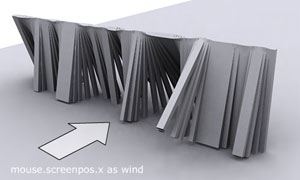
Computer Algorithm MAXScript
for a = 0 to 150 do
(
mypos = [0, a*10, 0]
mybox = box pos: mypos height:400 length:20 width:20
rot_box = eulerangles 0 (mouse.screenpos.x*4) 0
rotate mybox rot_box
sleep 0.05
redrawViews()
)

Student work examples
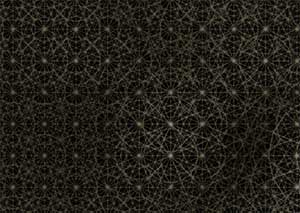
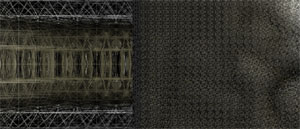
Dirt / Daniel Sarén, Jonas Ericsson, Anders Ohlin, Brian Faitt
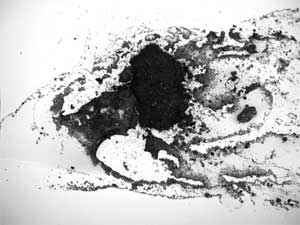
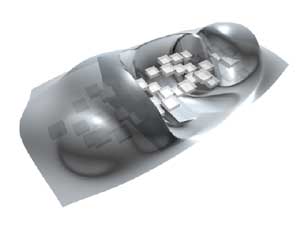
Interpretations / Anders Elfström, Jenny Andersson
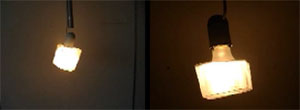
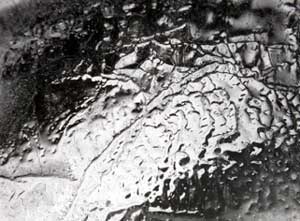
Melting ice with light / Mattias Antonsson, Henrik Carlsson, John Moström.